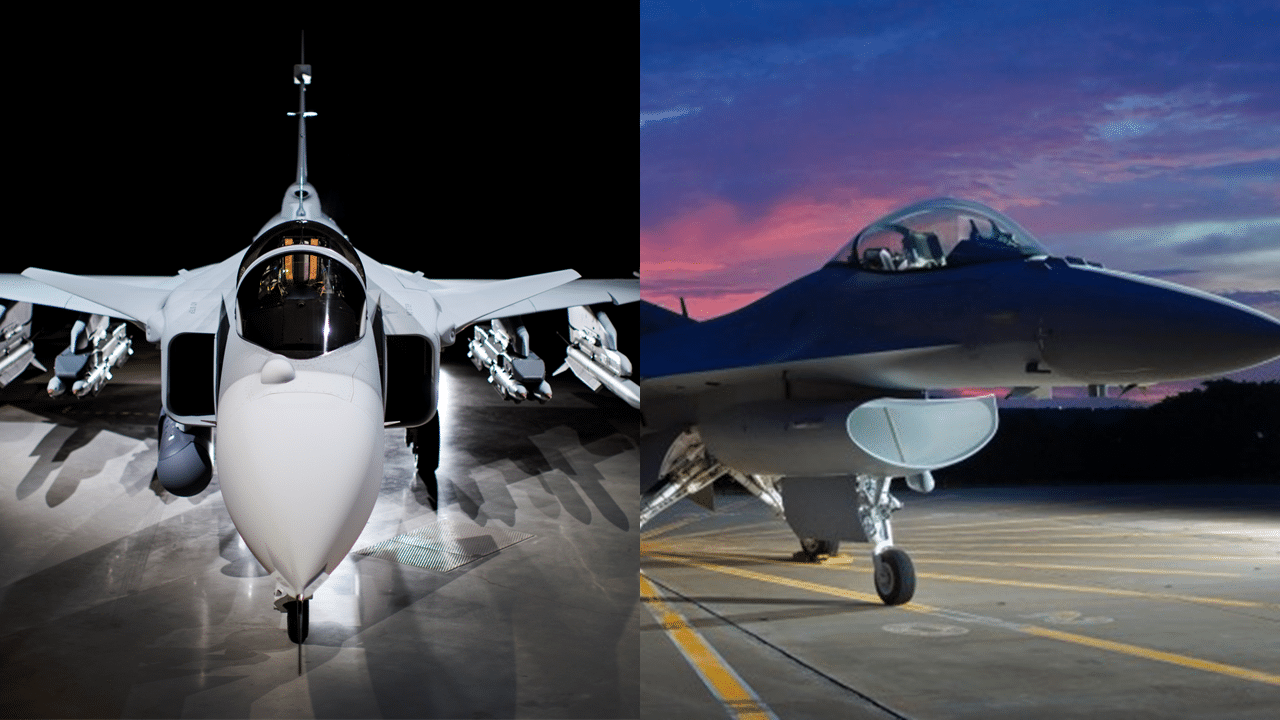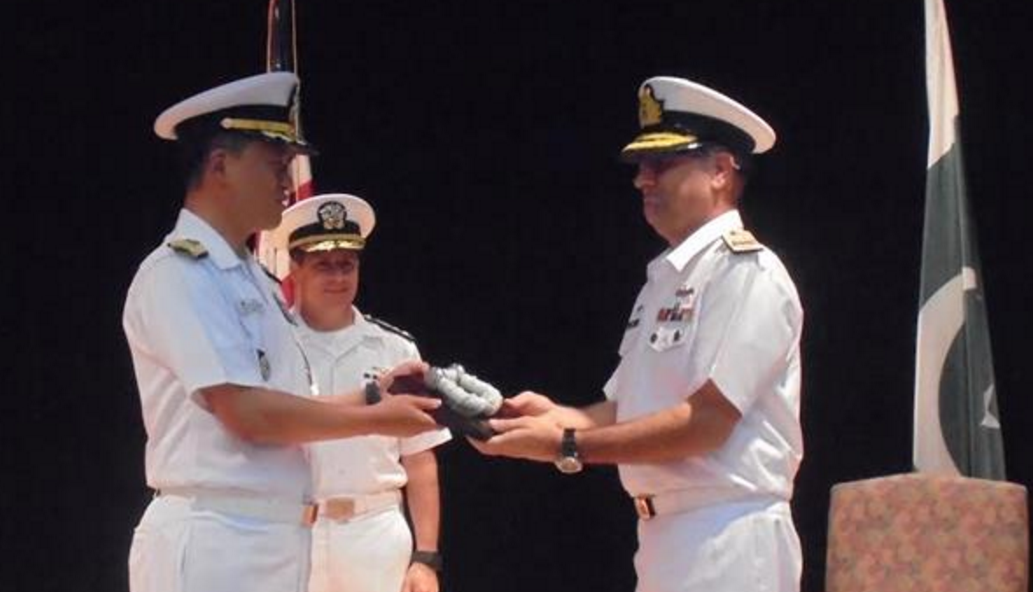2725Views 6Comments

Aero India 2017: Saab and Lockheed Martin compete for India’s new fighter requirement
In October 2016, the Indian Ministry of Defence began issuing requests-for-information (RFIs) for a new single-engine multi-role fighter to replace the Indian Air Force’s (IAF) MiG-21 and MiG-27 fighters.
With the JAS-39E/F Gripen and F-16 Block-70, respectively, Saab and Lockheed Martin were slotted as the leading competitors for the IAF requirement.
Lockheed Martin was clear in providing India with its latest F-16 variant as well as a robust technology-transfer and industry offset package (Reuters). Recent political shifts in the U.S. may have cast uncertainty to the Maryland-based defence giant’s promise, but the reality of a single high-volume multi-billion-dollar deal should bring the White House, Pentagon and State Department to be relatively flexible.
Saab is just as intent in securing a Gripen-E sale. In fact, Saab is not only offering the Gripen with local manufacturing and offsets, but it is leveraging many branches of its defence portfolio.
The integrated package comprises of the Gripen, Saab’s active electronically-scanned array (AESA) radar technology, air defence solutions, and land warfare solutions. Saab is even offering to collaborate with India in developing a carrier-borne version of the Gripen-E (Aviation Week – subscription needed). India is also seeking 57 carrier-borne fighters for the Indian Navy’s growing aircraft carrier fleet.
Notes & Comments:
With Boeing, Dassault, Lockheed Martin and potentially even Saab manufacturing and developing out of India, India is crossing a significant milestone in terms of being a defence and aerospace giant. Yes, Indian companies are eager to be original vendors and competitors, but these linkages with Boeing and others will enable these same Indian companies to incur benefits from all contracts involving the systems they produce in partnership with the overseas partner.
Examples of this are beginning to emerge: The Lockheed Martin LM-100J (i.e. the commercial freighter version of the C-130J)’s empennages are sourced Tata Lockheed Martin Aerostructures Ltd. (TLMAL). Tata will also supply AH-64 Apache fuselages. As Boeing, Dassault, Lockheed Martin, Saab and others link India into their global supply-chains via offset agreements, India will benefit from these companies’ sales in the U.S. or Europe (i.e. native) or beyond (export).
For its part, India provides these vendors scale. Saab will likely see the highest relative return from a sale to India, not just for the Gripen-E (which would see its largest single volume order yet), but for Saab’s AESA and electronic warfare, countermeasures and support (EW, ECM and ESM, respectively) technology as well. This would help Saab compete on pricing, which would be important for accessing the non-NATO market (and potentially even NATO, at least among cost-sensitive buyers).



6 Comments
by FAUJI JAT
Tejas MK1A will be used as interdictor and it will replace the 88 serving MIG 27 UPG and congratulations ? to all my fellow Indians here on quwa defence because recently India create a world record by launching 104 satellite with a total weight of 1.5 tonnes,it includes 96 Nano satellites from USA and an Indian spy satellite.
by SS_IND
India choosing anyone would be a major development as far as Trump administration stooping Lockheed well its already made clear that the transfer of F-16 plant wont lead to any cuts as the same manpower will produce the F-35. Anyway India is a major partner now and the institutions wouldn’t want to disturb the friendship.
With the Tejas Mk-1A and Mk-2 with AESA radar replacing the Mig-21s and F-16 Block 70/ Gripen E increasing the squadrons …the Air Force of India will be formidable with its already massive Su-30 MKI and Mig 29 UPG squadrons. Plus Russia had already agreed to setup spares and provided 100 MIG 35 engines for the 29s.
by Saptarshi Dasgupta
Bilal best part about you is that without being biased you post great Indian news. This is a very significant development for a number of reasons. F-16 Block 70 and Gripen E are both very advanced. Block 70 is a very good platform but Trump might have have issues in transfering the production line. If India goes for Gripen E again under Trump key parts like Engine, Displays and other avionics sale can be blocked. So i feel India will go for F-16 but here is the catch. Pakistani pilots know F-16s and its tactics much better than India.
by Rehan
Bilal what do you reckon, in existence of modern Rafale platform what’s left, that Indian could accomplish choosing F-16 or Gripen?
by OSD
Actually India is looking for a single engine jet like the F-16/Gripen because the conflict environment of South Asia doesn’t require a heavier twin engined fighter. A single engine fighter is easier to maintain, less costly to procure, has lower maintenance and fuel expenses and is generally more suited to the lower radius of combat missions in this region. An example is how South Asian fighter jets can easily stay within the radar coverage of their own ground control units throughout their mission profiles and so don’t need to lug around a bulky powerful radar set.
This was the main purpose for the development of the LCA Tejas, which was supposed to replace the legacy fighters of the IAF. After the LCA Tejas development missed all of its program objectives including timelines, India has now been forced to call a second tender for a single engine fighter jet to maintain its air force levels because ordering more Rafales will bankrupt them.
by Common Ground
..the best choice for India is to purchase the newest Saab Gripen E and for training purposes, the new Boeing/Saab t-x trainers!